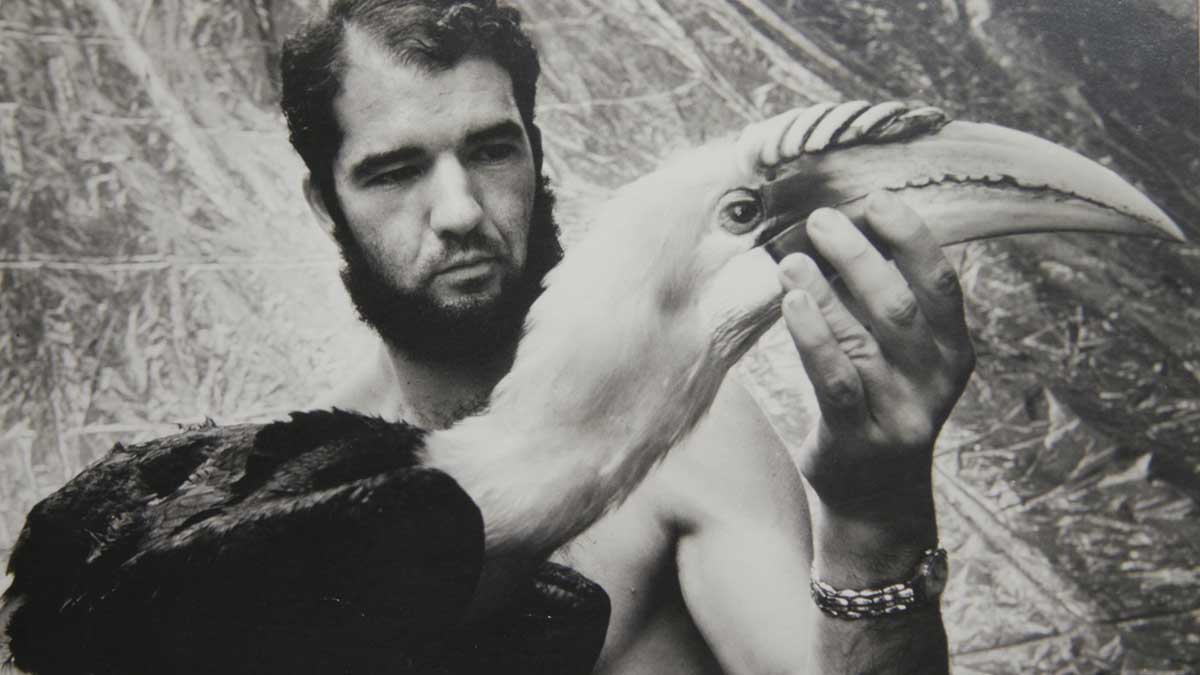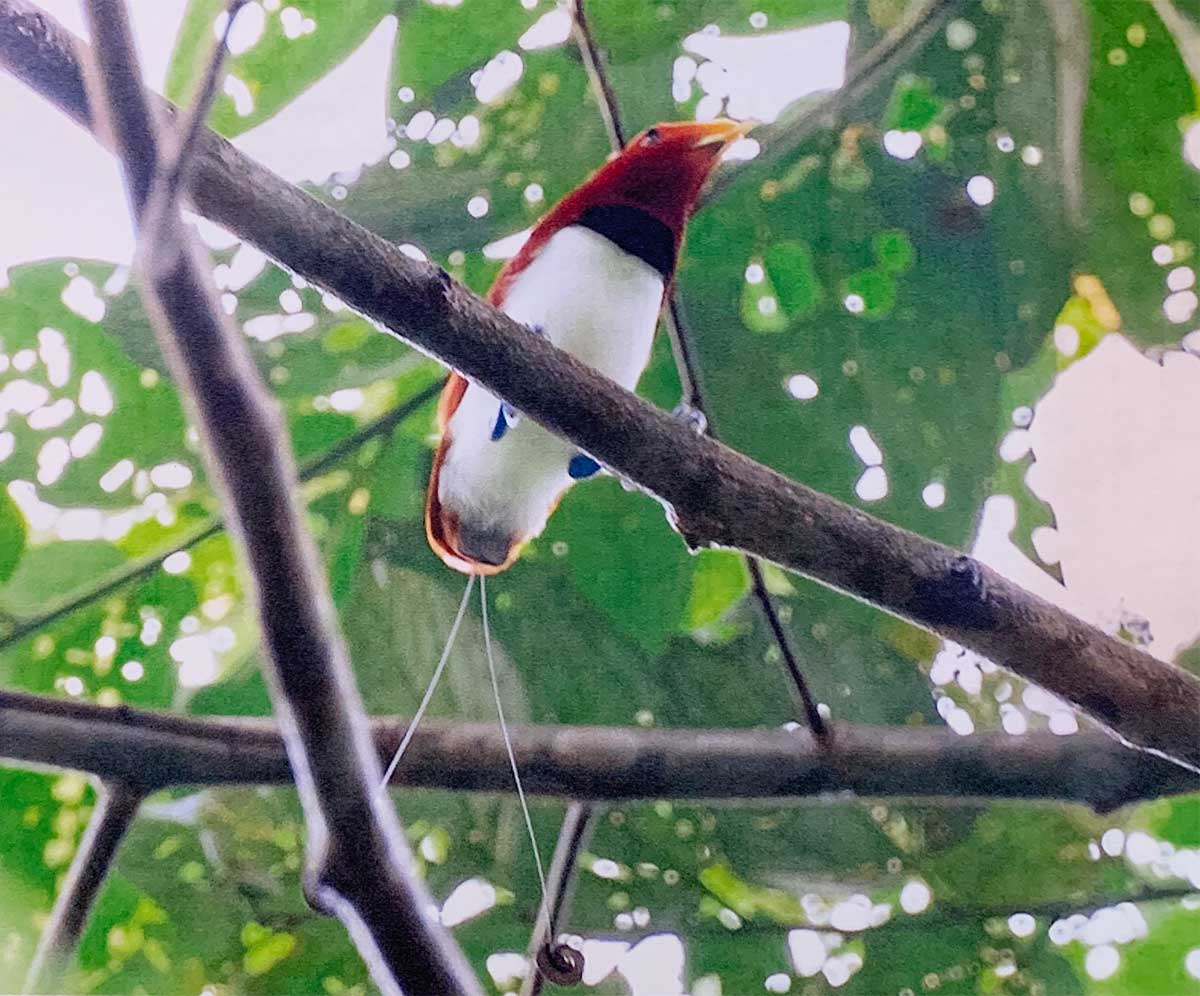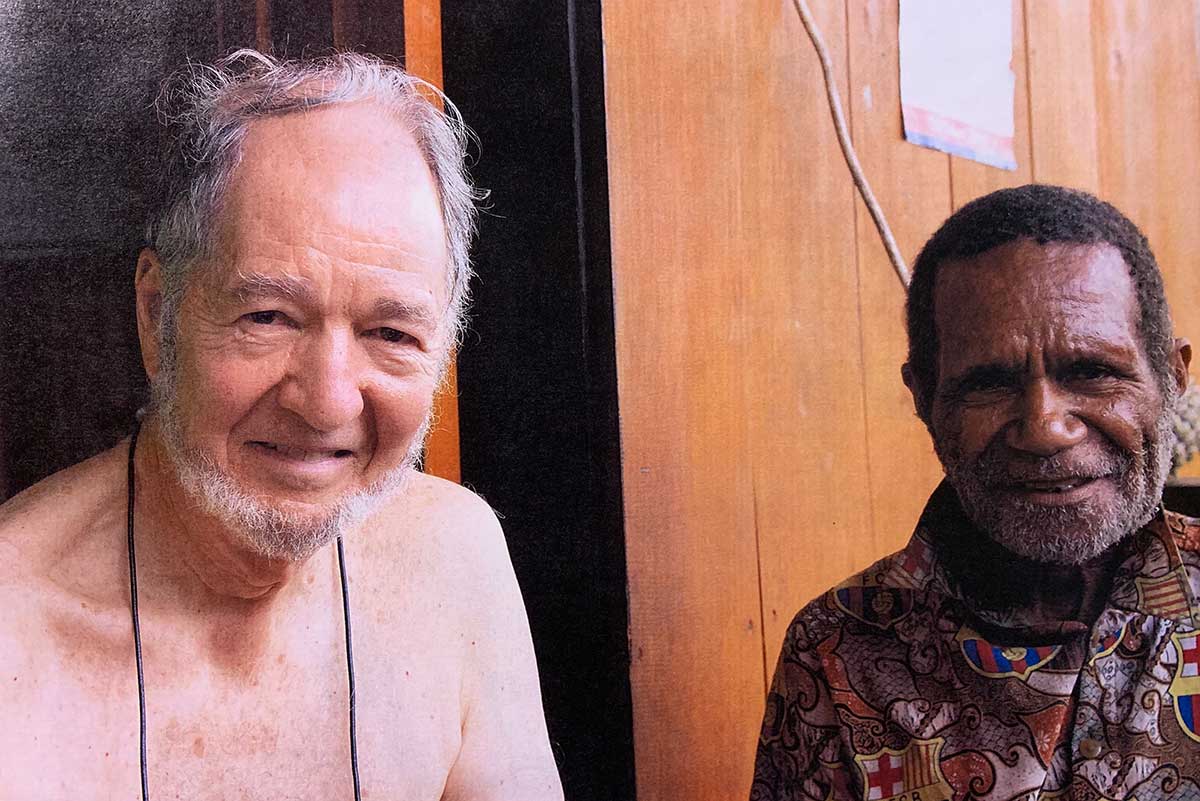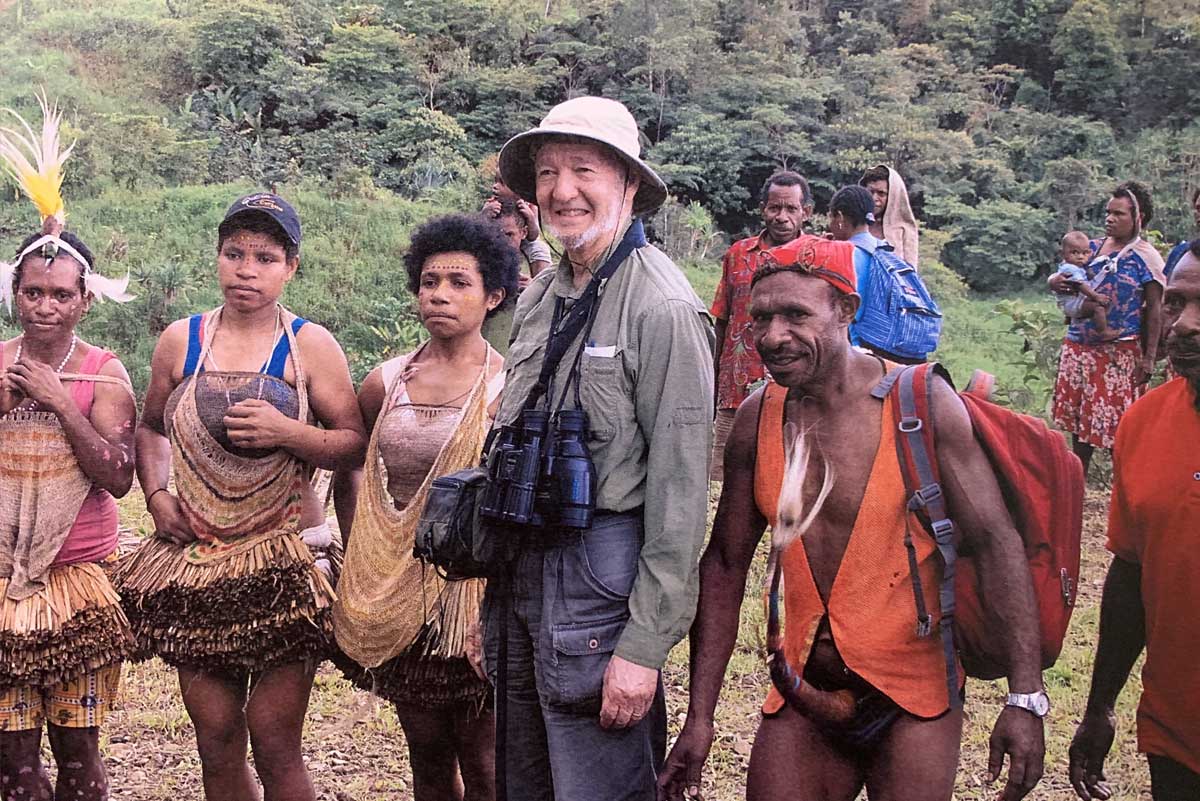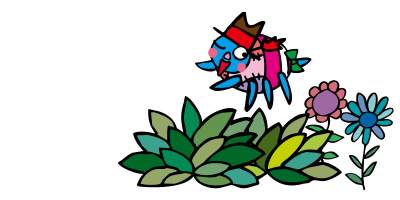2. Attempt to learn the history of civilization
New Guinea
It was in 1964 that Jared visited New Guinea for the first time. Fifty years have passed since then, and Prof. Diamond has been visiting New Guinea to continue his fieldwork. For him, New Guinea is a country full of adventure and birds. He says that once he went to New Guinea, other places seemed boring.
New Guinea is the worlds second largest island after Greenland. It is located in the South Pacific. The east side is Papua New Guinea and the west side is Indonesia. Mountains that rise 5,000 meters high running through the middle of the island are surrounded by tropical rainforests. Its many hills and valleys nurture a wide range of birds, including the beautiful bird of paradise. The indigenous residents still use stone tools and live a traditional lifestyle.
The other was in 1987, when his wife, Marie, gave birth to their twin sons, Max and Joshua. He had been involved in his research, and he began to wonder what the world would be like in 2037 when his twin sons are 50, the age he was at that time. Prof. Diamond thought that there should be something that he could do to leave a better environment to his children.
After he thought long and hard about the future environment, he started writing books. Although he had written books for researchers, he wanted to write books targeting many more people to help make the world better.
